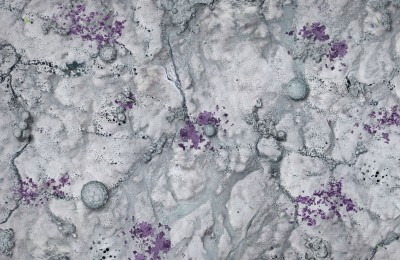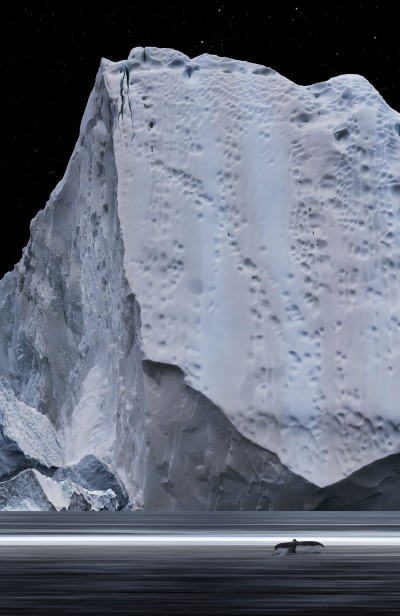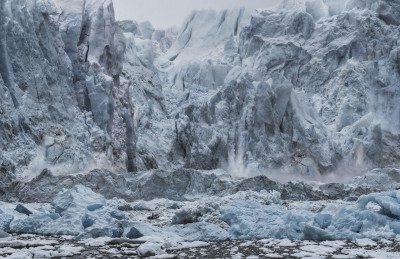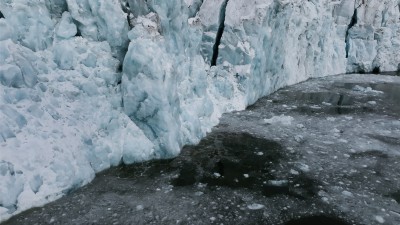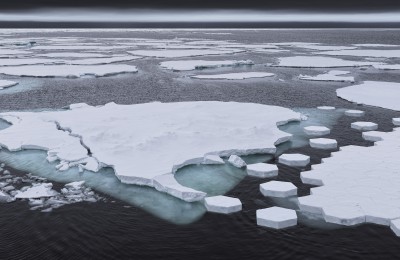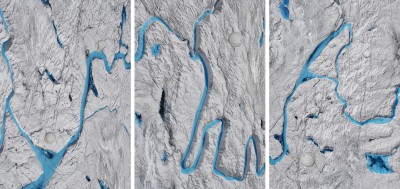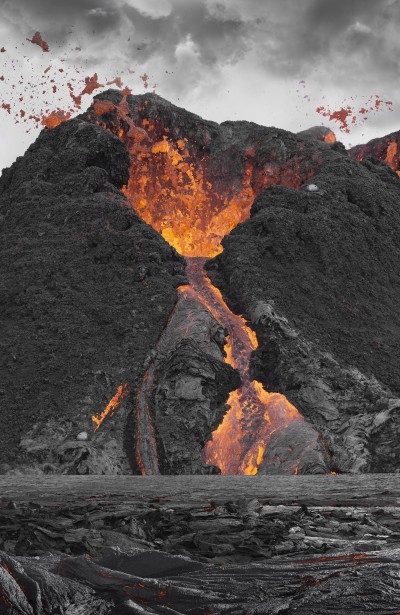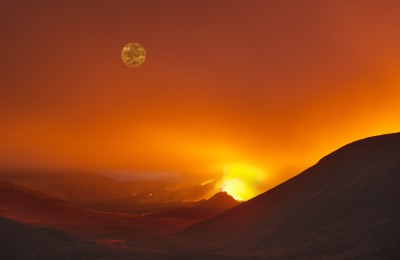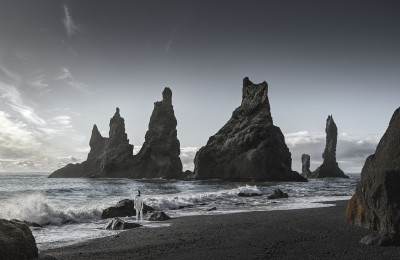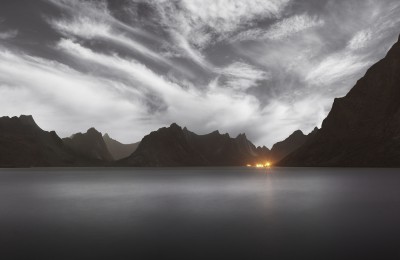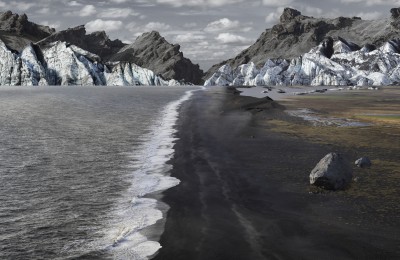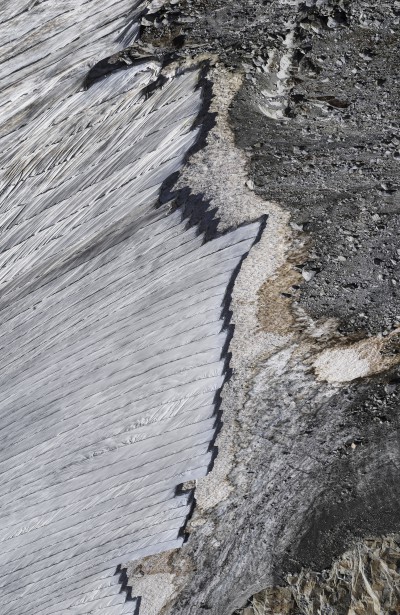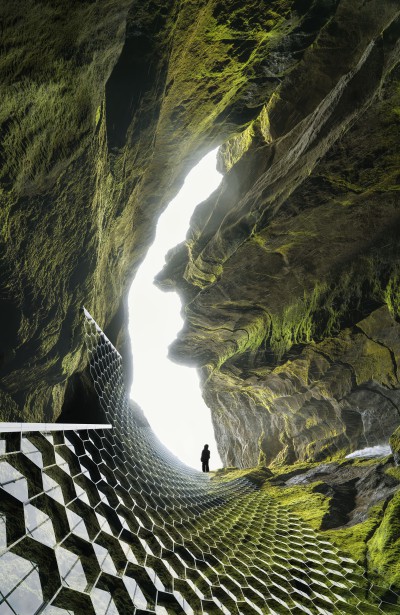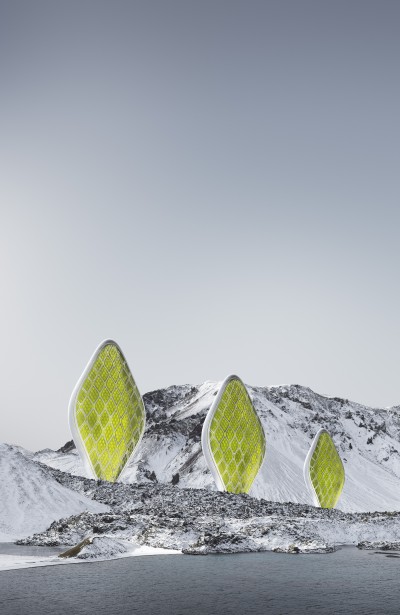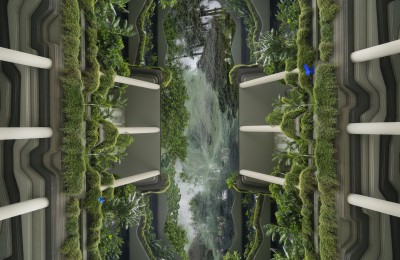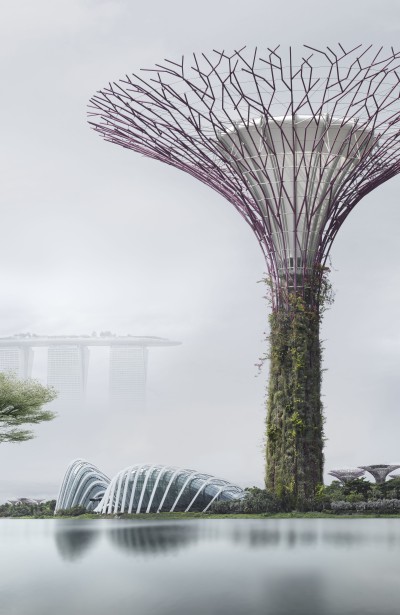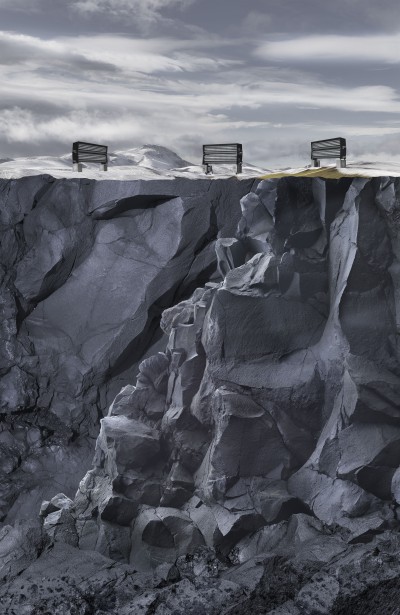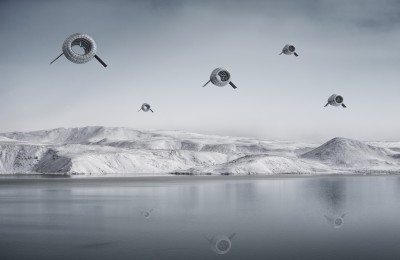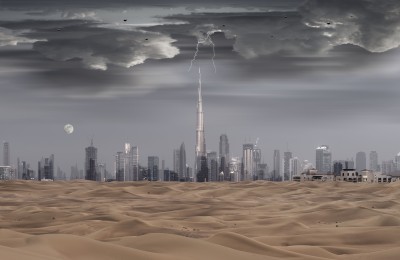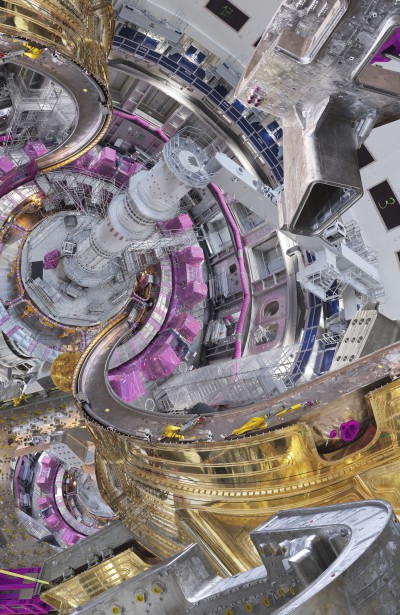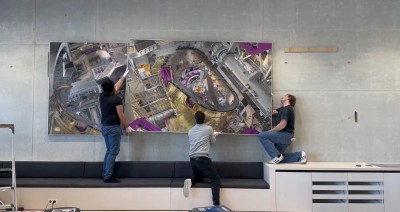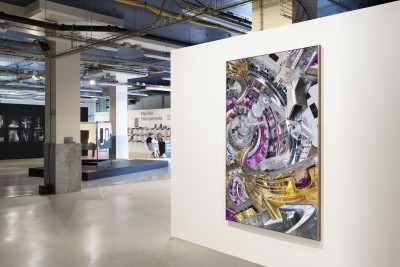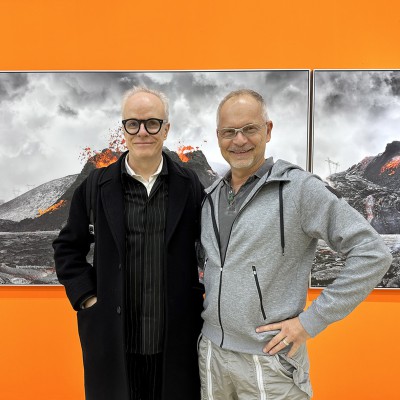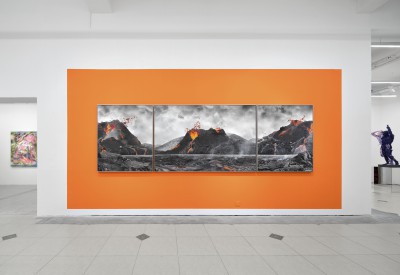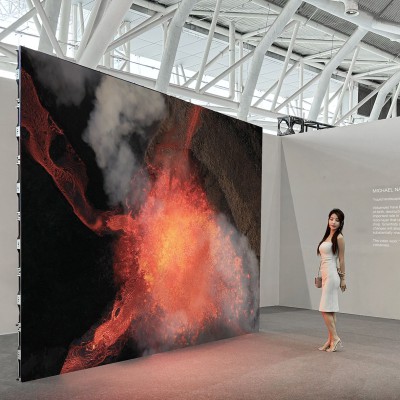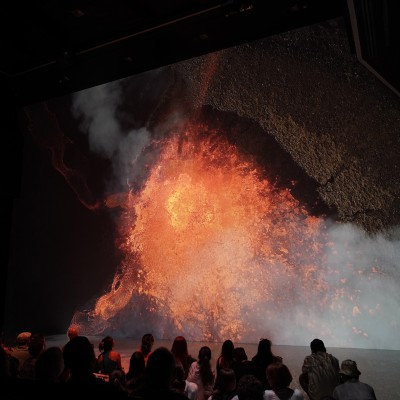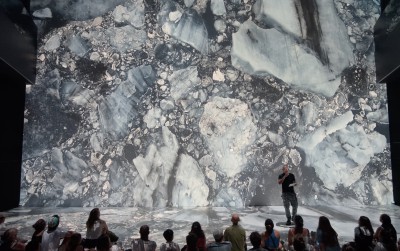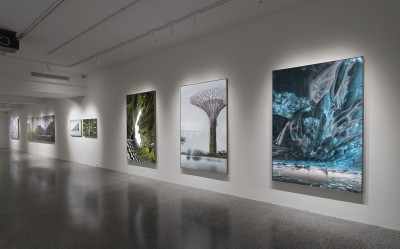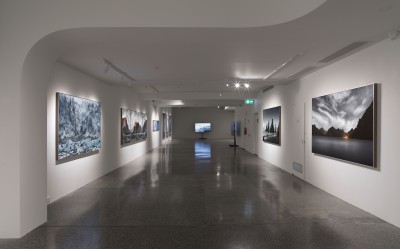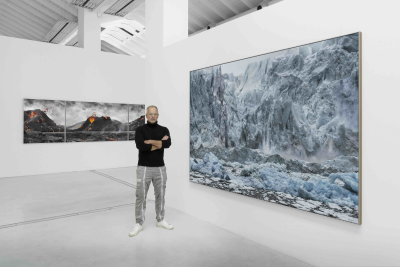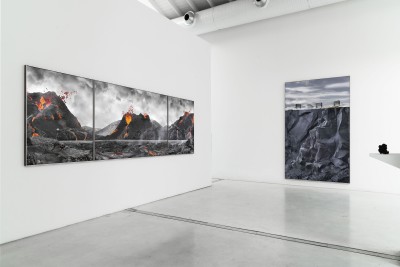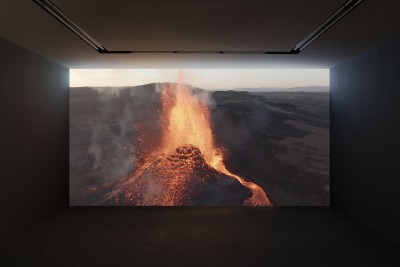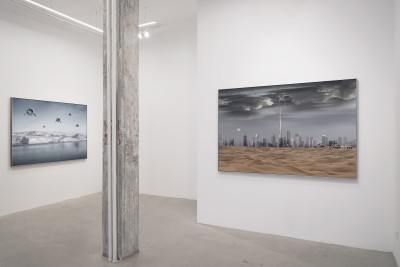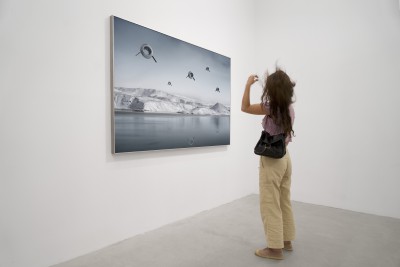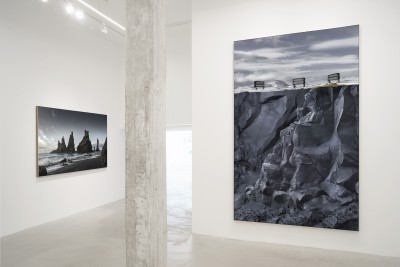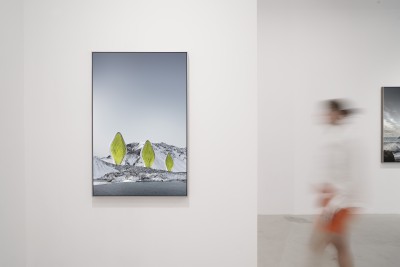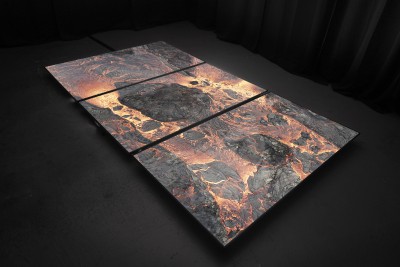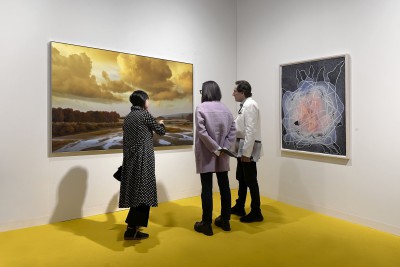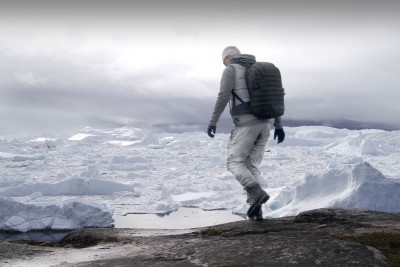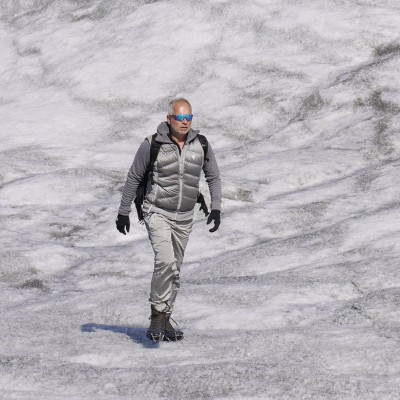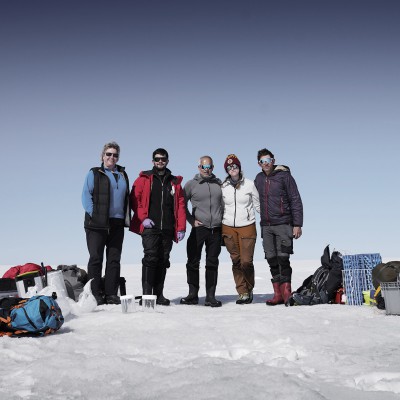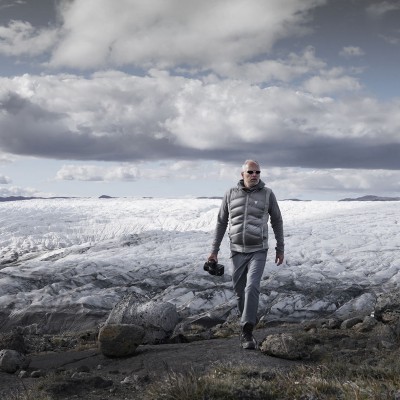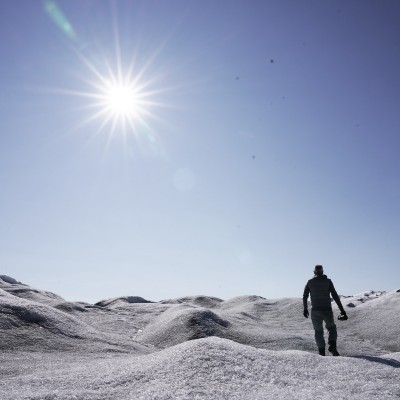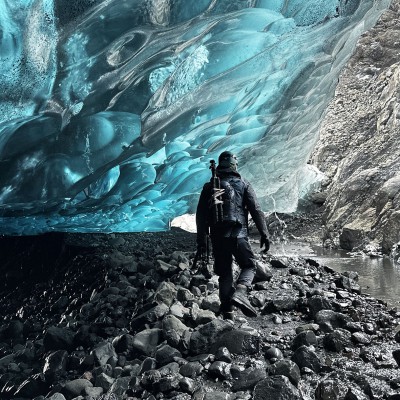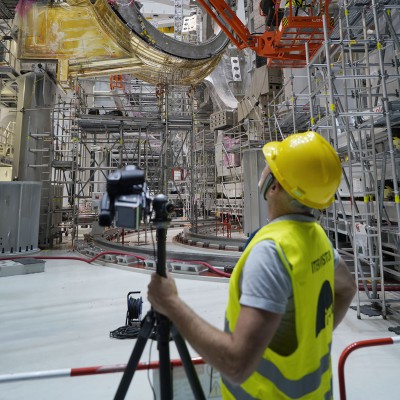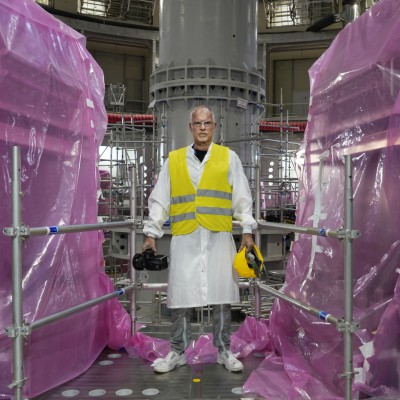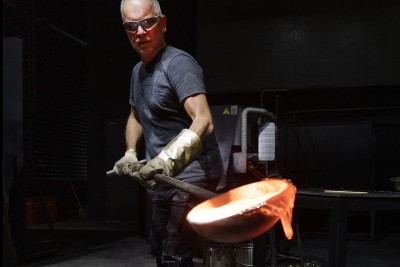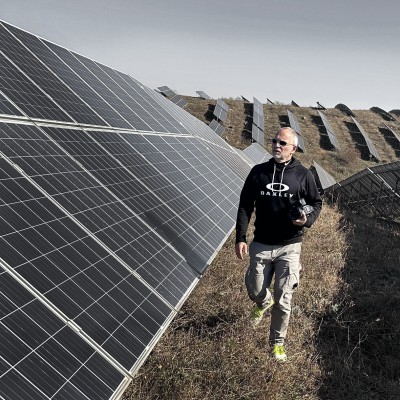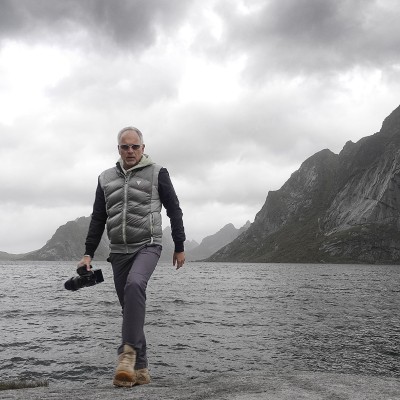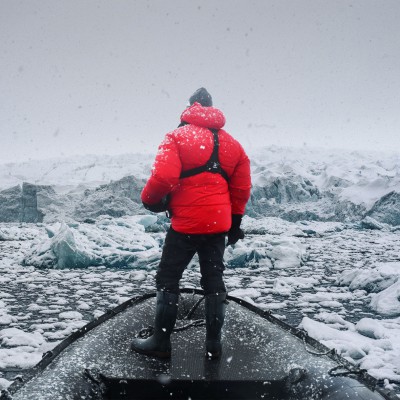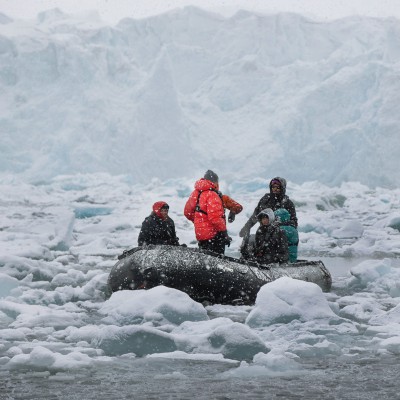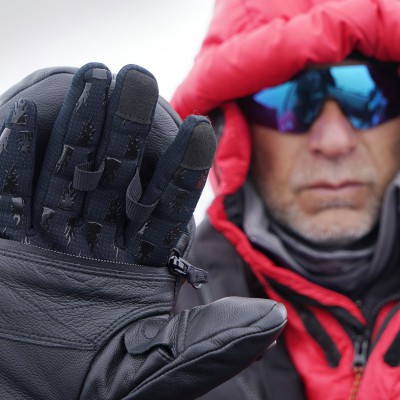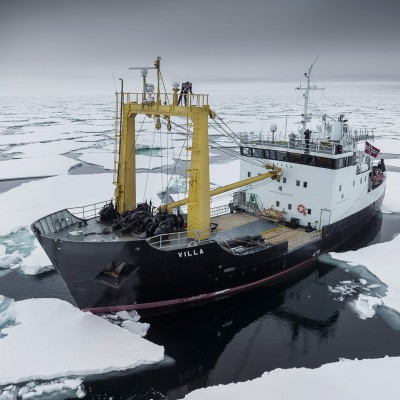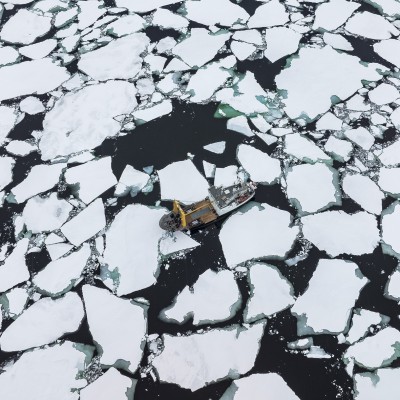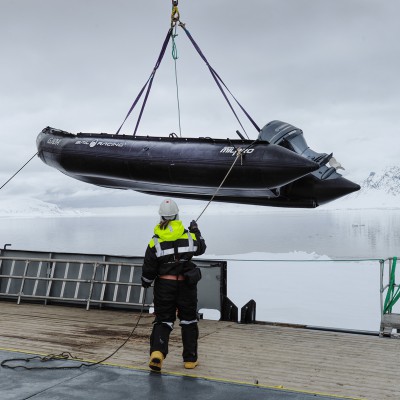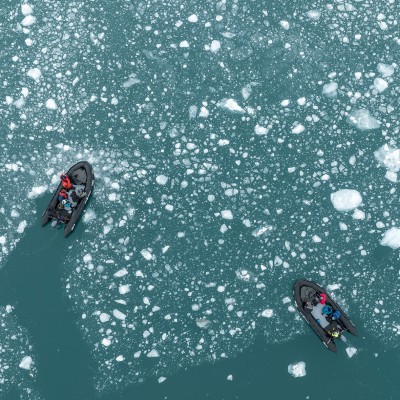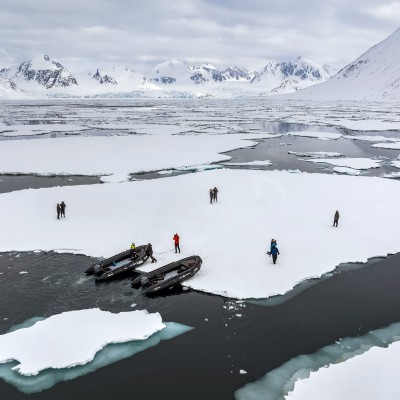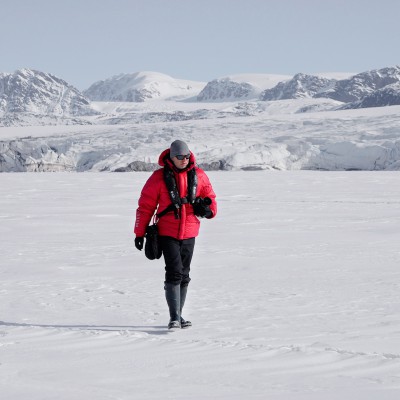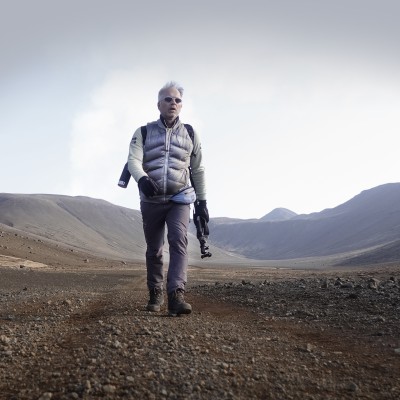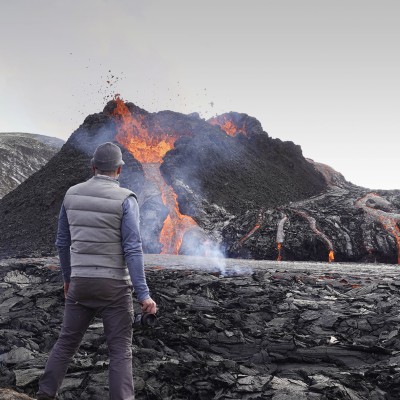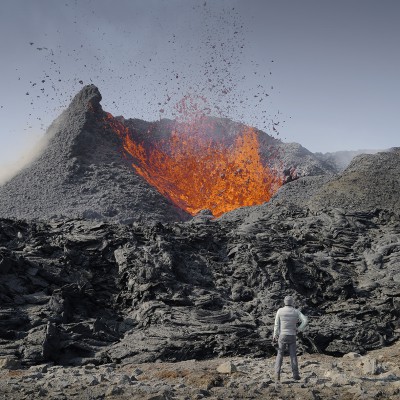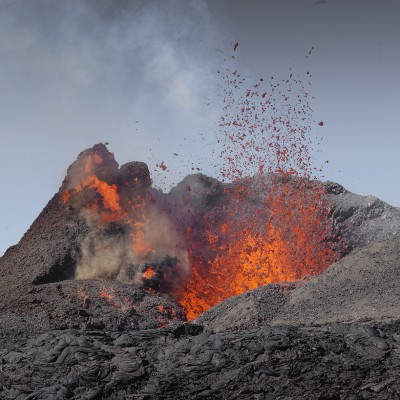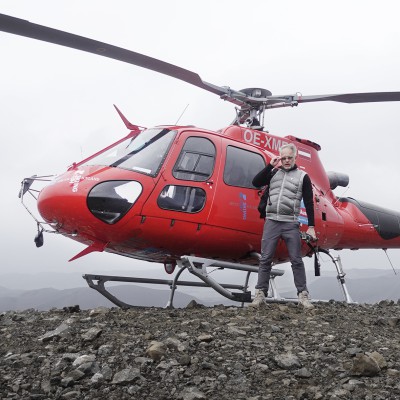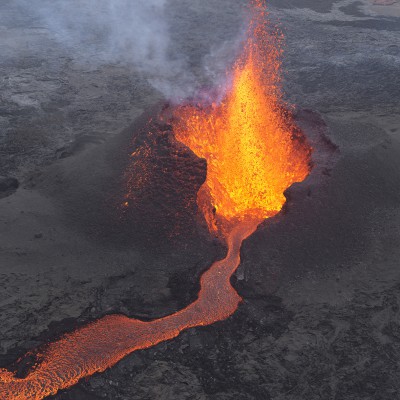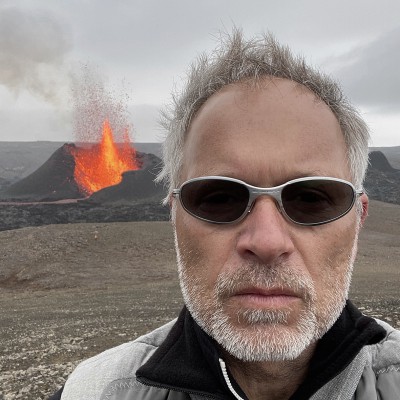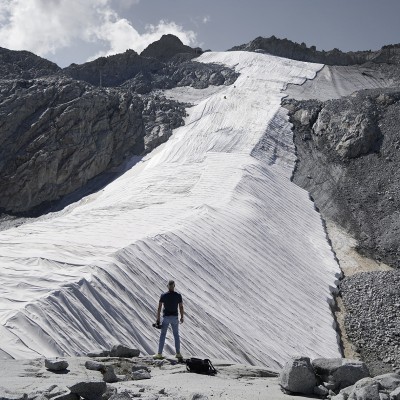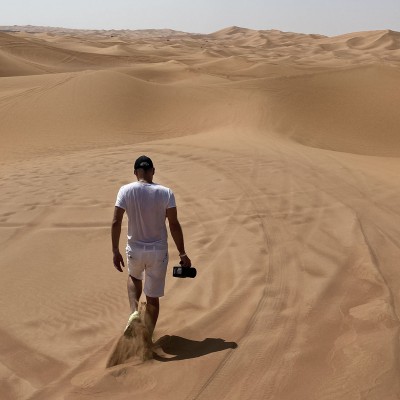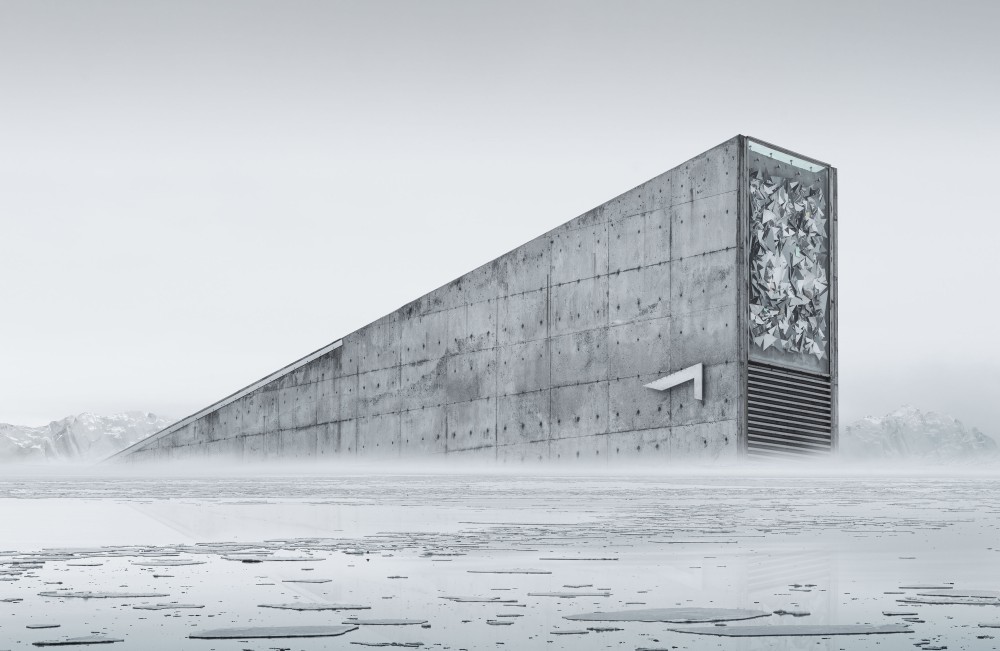
arctic vault
Format 1: 132 x 202 cm / 52 x 79.5 in, edition of 6 + 2 AP
Format 2: 67 x 102 cm / 26.3 x 40.2 in, edition of 6 + 2 AP
Hybrid photography, archival pigment print, aludibond, diasec, custom-made wood / aluminium frame
High up in the Arctic, at the 78th parallel, a solid concrete entrance tunnel leads over 60 m deep into the permafrost ground - to the underground bunker of the Svalbard Global Seed Vault. This underground vault is an insurance policy for humanity in case of a nuclear disaster or the effects of climate change make parts of the planet uninhabitable. There is no place on earth that is as rich in species as this one, only 1000 km from the North Pole, where seeds from over one million agricultural plant species from around the world are stored in this Noah’s Ark of our earthly plant world. Only very few people have access to the seed chambers stored at this remote location. But now, the seed vault itself is falling victim to climate change. The vault is threatened by the kind of environmental catastrophe that it was designed to protect humanity from because the permafrost is melting rapidly due to climate change. Inside the facility, a temperature of at least -18 degrees Celsius must be maintained, which is likely to become increasingly difficult with the melting permafrost. Rapidly rising temperatures in the Arctic have caused the entrance tunnel to be flooded with meltwater. The freezing water inside has blocked access to the seed chambers like an artificial glacier.
The artwork “arctic vault” shows the mysterious building of the global seed vault in the high Arctic. The photograph of the massive entrance tunnel was taken during the artist’s Arctic expedition in 2022 near Longyearbyen. In the artwork, the building is transferred into a water landscape. In the foreground, melting sea ice floats on a mirror-smooth water surface. The viewer’s gaze glides over the calm water surface to the triangular concrete wedge that rises dynamically from left to right and dominates the entire image composition. In the background, the architecture is framed by two melting icebergs. While the upper and right sides of the building are sharply defined against the sky, the horizontal bottom edge disappears into the rising water mist. On the one hand, the building rises out of the water, but on the other, it is also pulled down into the rising waters of the Arctic Ocean. According to current studies, the temperature in the Arctic could increase by up to 10 degrees Celsius by the end of the century– thus, the frozen garden of Eden would be lost.
